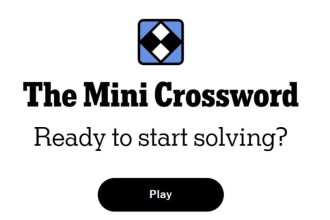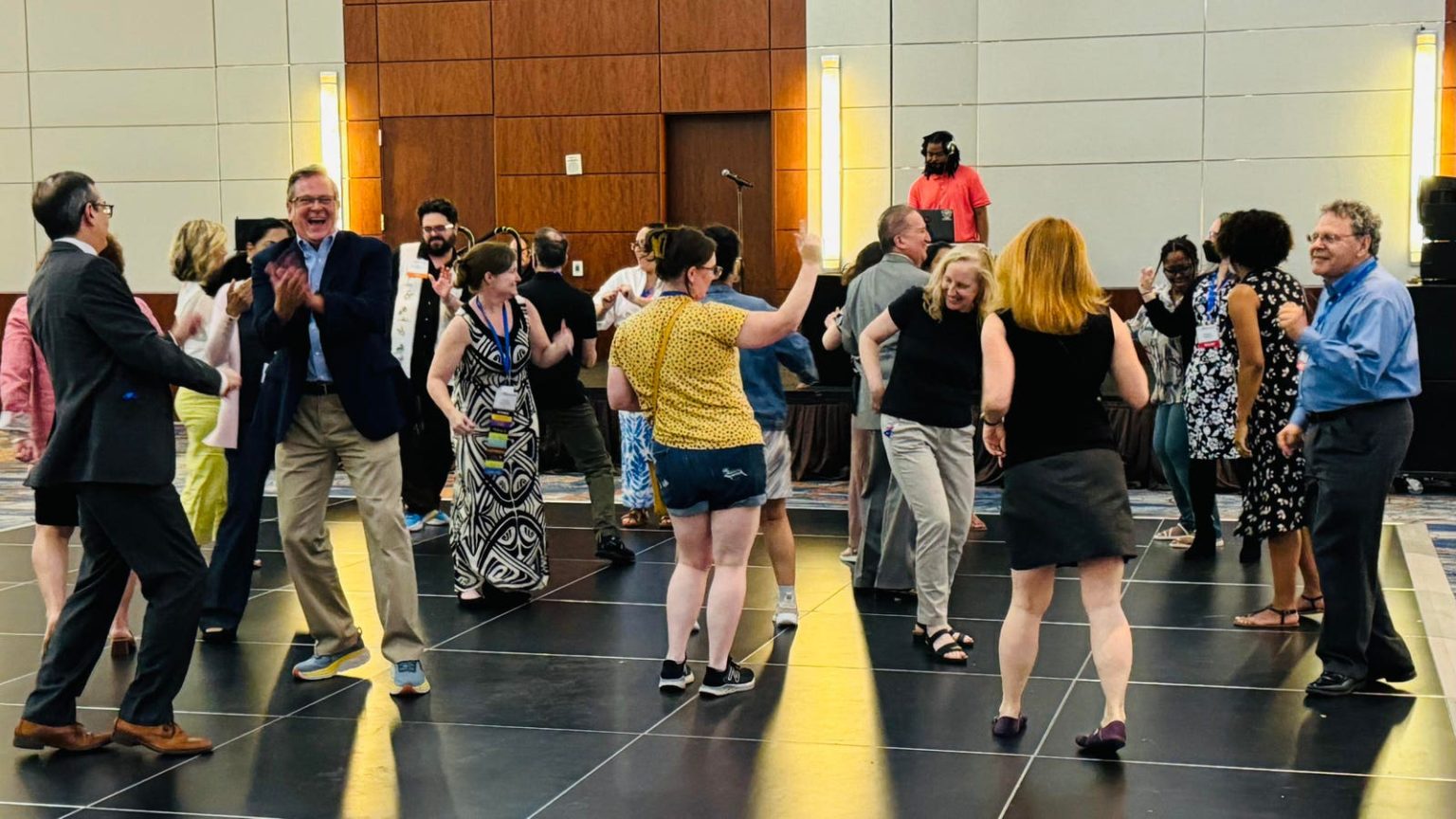Health services research does not, alas, produce the kind of heart-stopping drama that makes for must-watch TV or viral videos, but it does quietly provide the evidence that can determine where you get medical care, what kind of care you get and how much it costs. It is the foundation of any kind of health care reform.
“Who lives, who dies and who pays” is how a book by a former senior federal official succinctly summarized the stakes. And it this research, the underpinnings of a health care system that now consumes one out of every seven dollars in our economy, that Aaron Carroll wants to change.
Carroll, an academic pediatrician, is the new president of AcademyHealth, the professional society of health services researchers.
“We have a real opportunity to focus on data and evidence to improve health and health care for all,” Carroll told a meeting of the National Advisory Council of the Agency for Healthcare Research and Quality (I’m a council member), before repeating much the same themes at AcademyHealth’s annual research meeting, held in Baltimore.
Carroll called for incentivizing studies to progress from observational to providing actionable evidence having a real-world impact on people’s health, especially in primary care. He’d also like to de-emphasize studies that just demonstrate in ever-more methodologically elegant ways what’s already known. “We need to pivot and say how we make things better,” he said.
HSR isn’t flashy, with “grand slam” successes like cures for a disease, Carroll acknowledged. It is more incremental, typically producing only “singles,” like vaccination. Yet “singles every day is how you win a game, how you win a World Series,” he said.
Nonetheless, Carroll added, “we have to do a much better job of communication. We’re not very good at talking about what HSR is and why it’s important.”
As someone who jumped from journalism to the health policy and research worlds, and as a former board member of AcademyHealth’s predecessor group, I’m rooting for Carroll to succeed in his shake-up. He brings an impressive background to the task. In addition to a long track record at Indiana University as a respected researcher in health outcomes, decision analysis, cost-effectiveness and other important policy areas, Carroll has also been a regular contributor to the New York Times Opinion section; is a book author and co-author; and is co-editor of The Incidental Economist blog.
Carroll even has his own YouTube channel, Healthcare Triage, whose viewing history illustrates the challenge he faces. If the measure of a video going viral is 1 million to 5 million views in a week (estimates vary), Carroll can boast of a video that nearly garnered one million views (789,000 to be precise) – but, alas, over a 10-year period, befitting a riveting seven-and-a-half-minute explanation of “The Healthcare System of the United States.” Meanwhile, confirming Carroll’s diagnosis of the profession’s communication dysfunction, his video entitled “Dissemination: Get Out There and Strut Your Stuff!” disseminated to the tune of just 10,000 views in 5 years.
Carroll also signaled his intent to break down old silos and get new voices at the table. That means reaching out to private-sector groups; researchers with ties to minority communities, even if not part of academic institutions; patient-led research efforts; and journalists.
Both Carroll and I have served for many years as judges of an annual journalism contest sponsored by the National Institute for Health Care Management. We’ve seen how the best of health care journalism is often carefully conducted HSR that’s then presented so as to tell a compelling story, rather than being confined to the stylistic straightjacket of an academic journal.
The bottom line on efforts to boost change, however, is still the economic bottom line. The kind of long-term research needed to provide solid evidence that doing something differently in health care (a/k/a “reform”) has a genuine economic or clinical impact requires flexible and reliable funding. HSR funding, though, tends to be “one-off.”
“We need new ways of thinking about important work,” Carroll said.
Read the full article here





